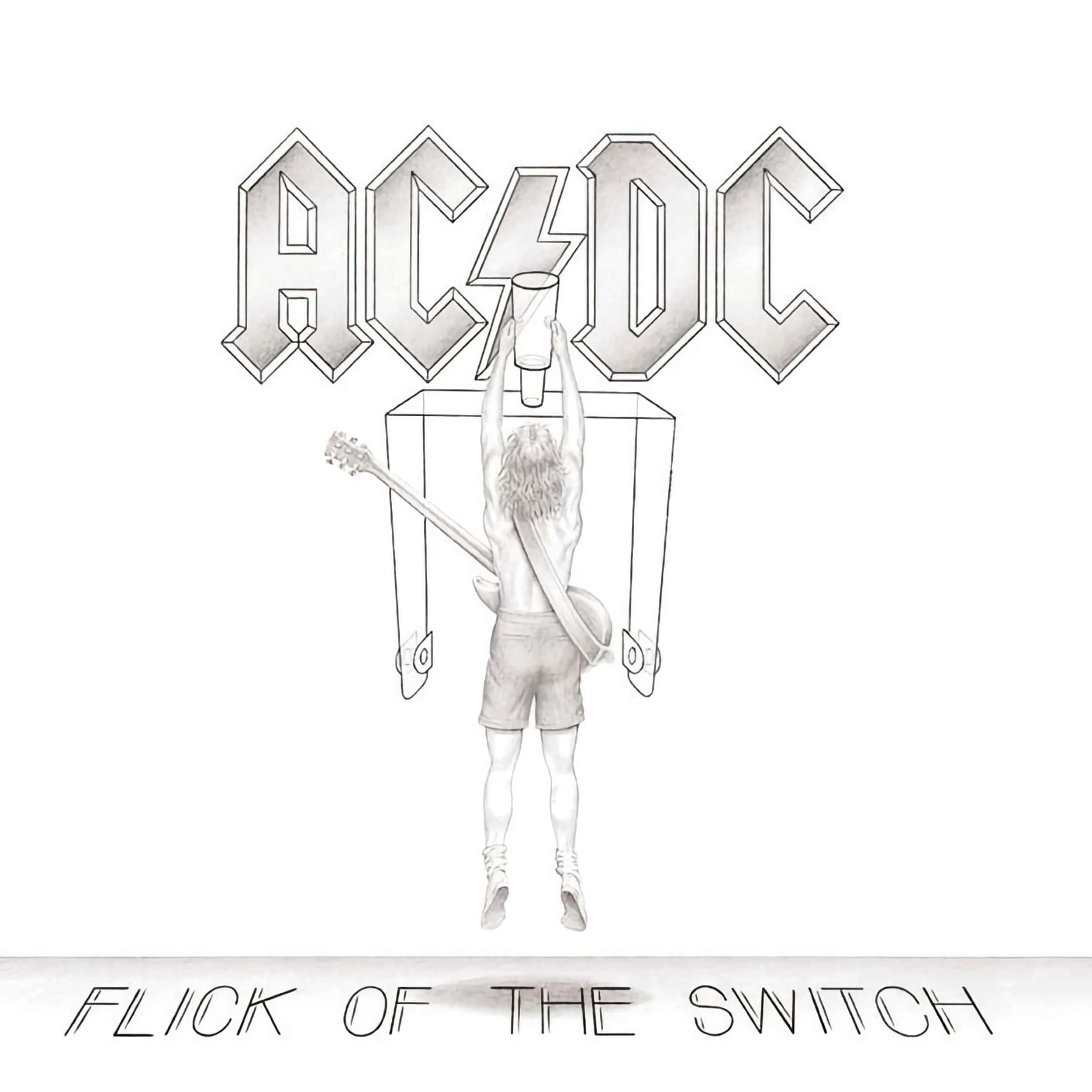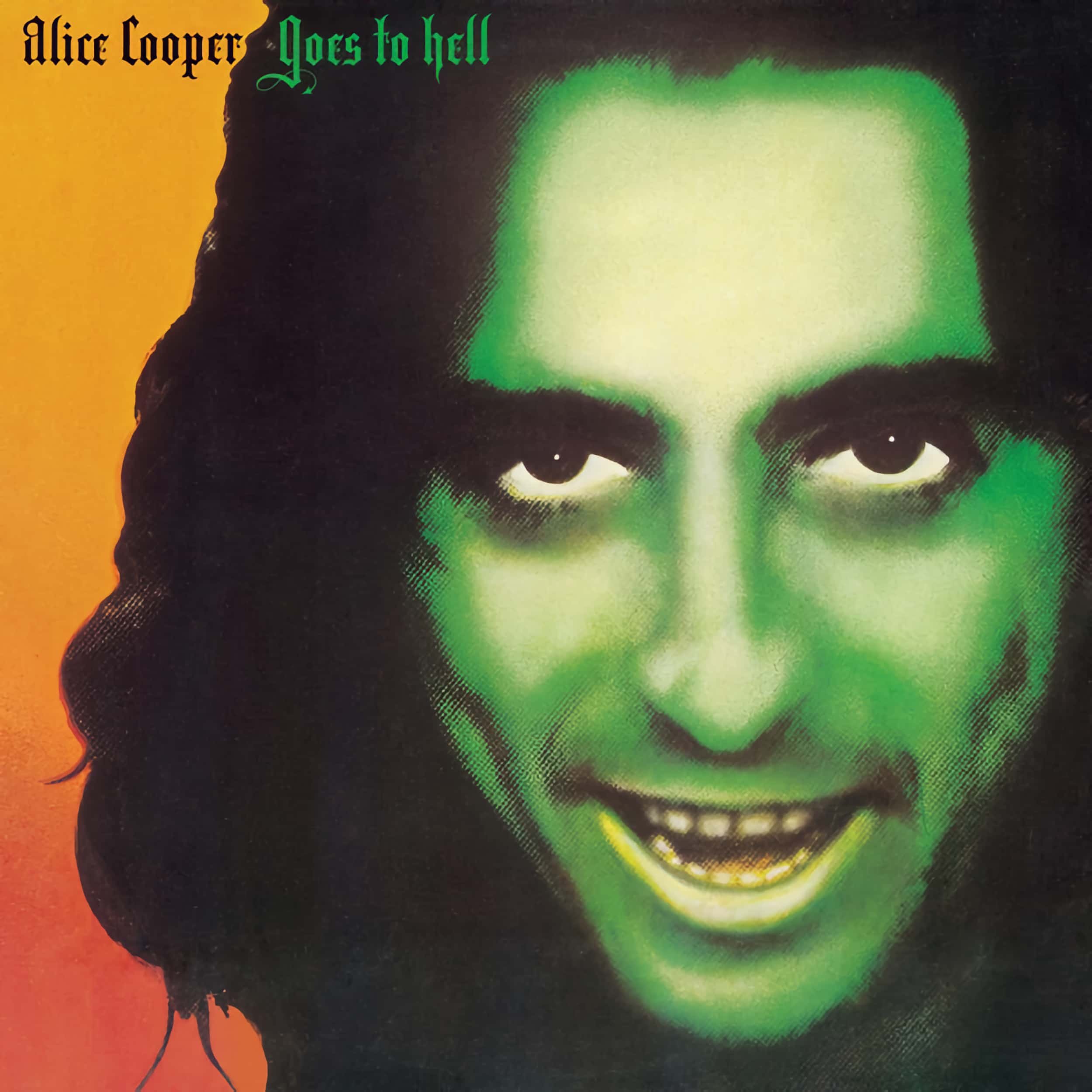Released in 1983, Quiet Riot’s Metal Health is a landmark release within the metal music scene. Delivering a relentless barrage of heavy riffs, thunderous drumming, and explosive vocals, this legendary album not only catapulted the band to mainstream success but also played a pivotal role in bringing heavy metal, and hard rock, to the forefront of the music scene during the early 80s.
While music lovers will contend that it’s all about the music, there is no doubt that the iconic cover art played a crucial role in the album’s success as it perfectly encapsulates the rebellious and energetic spirit of the music within. Plus, music in the early 80s, was still primarily distributed on vinyl, meaning that engaging artwork such as that seen on Metal Health would have stood out from the crowd at any local record store.
Of course, album artwork alone couldn’t secure the multi-million-selling sales success that Quiet Riot experienced with this release, so the music does play a pivotal role. From start to finish you’ll be met with the spectacular guitar riffs of Carlos Cavazo, providing a solid backbone for the album's raw and aggressive sound. The rhythm section, comprised of bassist Rudy Sarzo and drummer Frankie Banali, lays down a foundation of power and precision, driving the music forward with unwavering force. However, perhaps most notable is Kevin DuBrow's vocals for they showcase both power and range. His ability to seamlessly transition from gritty, aggressive delivery to melodic harmonies is stunning and his charismatic presence adds the final layer of intensity that makes Metal Health such a dynamic listening experience. It’s also fair to say that Metal Health is the famed album it is because of each member and musical element for when working in conjunction, they know few peers.
Metal Health may be rooted in heavy metal, but the diversity of musical styles, throughout, also leans towards hard rock and glam metal. The result is that the music offers enough variety that it can be enjoyed by a broad range of music lovers whilst, simultaneously, staying true to its roots.
Turning our attention to the lossless Apple Digital Master, available via Apple Music, it's dynamically charged thereby ensuring that you’ll be rocking out to every song as the soundstage is well-developed and every music element is carefully presented in the mix. 80s metal releases can often be hit and miss, regarding their mastering, Metal Health sounds fantastic via Apple Music. While it may not be the final word in sound quality, as I feel there is a little more of the recording that can be attained from the original master tapes, it certainly is not lacking in bass, treble reach, or dynamics.
Interestingly enough, and this may only apply to music lovers who like to seek out the very best possible releases of their favourite albums, Qobuz has a Hi-Res 24-bit/192 kHz edition of the album. That is in contrast to the lossless 24-bit/44.1 kHz version on Apple Music. As to whether or not you can hear a difference, or if there is indeed a difference to be heard, is highly subjective, but what is frustrating is that there isn’t a single master for music fans to rely upon. For instance, the Apple Music stream lists the album as Remastered, yet the publication date remains as 1983 rather than 2001 (when the last CD remaster was issued). Is the Apple Digital Master a specific remaster? Or is it just derived from the previous remaster?
Qobuz, on the other hand, doesn’t reference their release as remastered and maintains the publishing date as 1983. This is an ongoing issue with streaming and its relationship to the provenance of the recording for the higher-quality edition, on paper, is no guarantee that the album is a much more pleasurable listen. I really don’t understand, and perhaps this is my naivety showing, why there isn’t a singular master that is used for every edition. I understand mastering for vinyl is different to CD etc, but in the case of Apple Music vs Qobuz, you would think that it would be best for both companies to stream the same edition. These variances only manage to frustrate fans who don’t wish to listen to a substandard version of an album they hold dear and near.
Naturally, you can trust your ears and listen to both if you wish, but I’m already experiencing subscription fatigue to the extent that I have no interest in testing alternatives. If I had more disposable income I’d be better off seeking out a physical release that I could add to my permanent collection to ensure a lifetime of enjoyment. That, however, brings up another contentious issue and that’s a case that should I choose to go with a CD reissue, all editions include bonus tracks that impact the flow of the album. Plus, to be completely frank, vinyl in Australia is priced so badly at the moment that most music lovers, myself included, simply can’t afford the ~AUD$60 price tag to attain even our favourite records, with the original sequencing; especially when the CD release is close to a third of the price.
Yes, dear reader, all the above are first-world problems, but music-loving collectors will undoubtedly understand that it’s the little elements that make our collections unique; elements that can be frustrating when the music industry, as a whole, does not share the idealistic perspective that reissues should mimic the original release so that an entirely new audience can experience Metal Health as if it were 1983 all over again.
Metal Health (Bang Your Head) kicks the album off with its anthemic title track. Featuring heavy guitar riffs, pounding drums, and DuBrow's powerful vocals, the song's energetic and rebellious spirit became a defining anthem for the era and headbangers everywhere.
Cum On Feel The Noize is the only cover song on Metal Health and as solid as Slade’s original is, Quiet Riot mastered it and made it their own. The song's catchy chorus and heavier edge propelled the song to mainstream success and has become a quintessential part of 80s hard rock.
Don't Wanna Let You Go slows down the tempo somewhat and showcases Quiet Riot’s ability to balance heavy hitters with melodic numbers. Don't Wanna Let You Go is, most certainly, an album-only tune and is a little weak, particularly when contrasted against the other songs from the album. However, after all these years, I couldn’t imagine listening to Metal Health sans Don't Wanna Let You Go.
Slick Black Cadillac with its driving rhythm, gritty vocals, and overall raw intensity, returns the album to its high-octane, hard-hitting, style that will appeal to headbangers the world over.
Love's A Bitch flows seamlessly from Slick Black Cadillac and is an absolute masterpiece. Love's A Bitch really should have been released as a single for it’s one of the very best songs on Metal Health and one of the greatest hard rock songs of not only the 80s, but of all time. With a blend of heavy guitar riffs, a brooding atmosphere, and DuBrow’s impressive vocal range, you’ll find yourself turning up the volume, if you haven’t already, while rocking along to that addictively good chorus with your air guitar in hand.
Breathless is a killer tune with a relentless energetic pace and pulsating rhythm section, along with some incredible vocals.
Run For Cover maintains the high-energy aggressive momentum. It’s a solid track, nothing to write home about, but every song on an album need not be a hit for the album to be exceptional.
Battle Axe is a purely instrumental number that presents us with a masterful guitar solo, thereby adding variety to the album while maintaining the record’s overall energy.
Let's Get Crazy flows perfectly from Battle Axe with its high-energy riff-driven approach that makes this tune one of the very best songs from the record and an ideal B-side that could have been a chart-topper under the right circumstances.
Thunderbird is a beautiful way to close the album, paying tribute to the late Randy Rhoads (Quiet Riot’s original guitarist). As a ballad, it showcases a different side of the band, highlighting their ability to deliver emotionally charged and heartfelt compositions. However, more importantly, it allows for contemplation while simultaneously encouraging repeat plays of the album.
Quiet Riot's Metal Health not only helped to define a genre but also left an indelible mark on the history of heavy metal, hard rock, and glam metal. Its raw energy, memorable hooks, and rebellious spirit make it a timeless classic that continues to resonate with metal fans across generations. Whether you're a seasoned metalhead or a newcomer to the genre, Metal Health is an essential listen.






